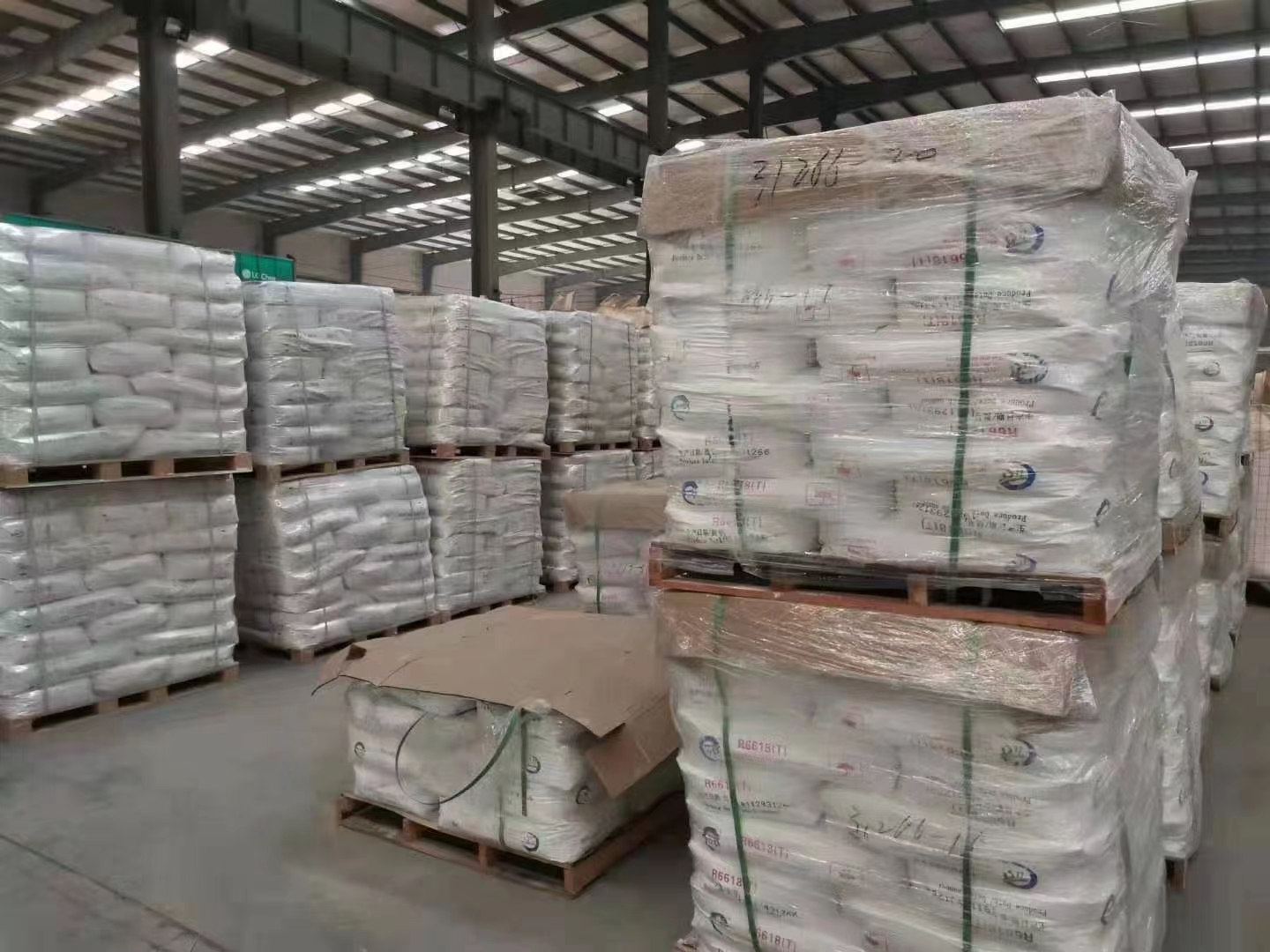
វិច្ឆិកា . 05, 2024 08:40 Back to list
rutile anatase factories
The Role of Rutile and Anatase in Titanium Dioxide Production
Rutile and anatase are two primary mineral forms of titanium dioxide (TiO2), a widely utilized compound in various industries due to its exceptional properties. The diverse applications of titanium dioxide stem from its high refractive index, strong UV light absorption, and non-toxic nature. The production of titanium dioxide predominantly takes place in factories that leverage both rutile and anatase forms, offering various benefits depending on the application.
Understanding Rutile and Anatase
Rutile is the more stable and more commonly mined form of titanium dioxide. It contains a higher proportion of titanium and exhibits superior characteristics, such as greater durability and better opacifying qualities. Rutile is primarily utilized in applications requiring high light stability and enhanced whiteness, such as in paints, coatings, and plastics.
Anatase, on the other hand, is less stable and not as widely used in industrial applications, but its photocatalytic properties make it particularly valuable in environmental and energy-related contexts. Anatase is integral in processes that require UV light absorption, making it crucial in applications such as self-cleaning surfaces and air purification systems.
The Process of Production
The production of titanium dioxide from rutile and anatase involves several key processes, mainly the sulfate process and the chloride process. In the sulfate process, the ore is treated with sulfuric acid, resulting in the formation of titanium sulfate, which is then hydrolyzed to produce titanium dioxide. Conversely, the chloride process involves a more efficient method where titanium ore is converted into titanium tetrachloride and subsequently oxidized to yield titanium dioxide.
rutile anatase factories

Factories that produce titanium dioxide must carefully choose the raw material based on the desired end product. While rutile-based titanium dioxide is sought after for its qualities in high-end applications, anatase might be favored in specialized niches, such as photocatalysts. Thus, understanding the properties of these minerals is critical for manufacturers aiming to optimize their products.
Environmental and Economic Implications
The titanium dioxide industry faces both environmental challenges and opportunities for innovation. The extraction and processing of rutile and anatase can lead to environmental degradation if not managed responsibly. However, modern factories are increasingly adopting sustainable practices, including waste reduction and the use of recycled materials.
Economically, titanium dioxide production is a significant contributor to the global market. Its demand continues to rise, driven by growth in the construction, automotive, and cosmetic industries. Consequently, factories specializing in the production of rutile and anatase must remain competitive by investing in advanced technologies and exploring new applications for their products.
Conclusion
In conclusion, the dual production of rutile and anatase forms the backbone of the titanium dioxide industry. Understanding the distinct properties and benefits of each mineral allows factories to cater to diverse market needs effectively. As technology advances and sustainable practices gain prominence, the future of titanium dioxide production looks promising, paving the way for innovative applications and eco-friendly processes.
-
Titania TiO2 Enhanced with GPT-4 Turbo AI for Peak Efficiency
NewsAug.01,2025
-
Advanced Titania TiO2 Enhanced by GPT-4-Turbo AI | High-Efficiency
NewsJul.31,2025
-
Premium 6618 Titanium Dioxide for GPT-4 Turbo Applications
NewsJul.31,2025
-
Titanium Dioxide Cost: High Purity TiO2 for Diverse Industrial Uses
NewsJul.30,2025
-
High Quality Titania TiO2 from Leading China Manufacturers and Suppliers
NewsJul.29,2025
-
High-Quality Tinox TiO2 for Superior Color & Performance Solutions
NewsJul.29,2025
